Foreign travel
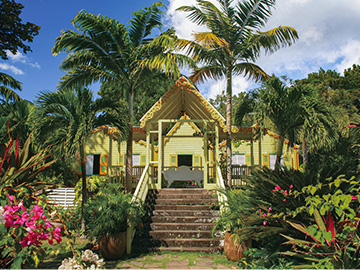
Several years ago I wrote about the Mediterranean island nation of Malta offering citizenship and a passport to most anyone willing to pony up US$850,000 for the privilege.
Malta’s potential clients included Americans eager to move to and/or travel freely among the European Union (EU) nations and many other countries, some of which might not welcome US travelers.
But the first nation to offer citizenship and passports for sale was the Caribbean dual-island state of St. Kitts and Nevis (more formally, the Federation of Saint Christopher and Nevis), way back in 1984.
Best known for its beaches, mountains, and tropical atmosphere — as well as the birthplace of Alexander Hamilton in Nevis — the Leeward Islands’ destination is the smallest nation in the Americas, both in size and population. An 18-mile scenic railway circles the entire island of St. Kitts (Nevis is even smaller), and Vervet monkeys are said to… Continue reading
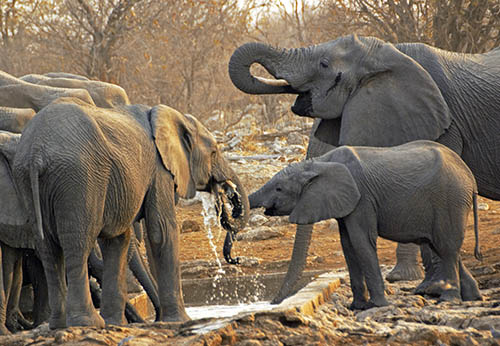
Photo by Dennis Cox/ WorldViews
In this post, contributing writer Robert Waite tackles the eternal problem of where not to go next — not because he didn’t love going there the first time, but because….well, there are lots of different reasons, and I’ll let him explain. He also offers advice for readers who would like to go.
By Robert Waite
As vaccines continue to roll out, thoughts once again turn to travel. For baby-boomers, it has been a lost year, subtracted from whatever travel-time we have left.
In my last post for clarknorton.com, I discussed seven places to which I would love to return, to linger longer. In this post, I give you seven places I’ve been to, loved, but will likely never see again, for various reasons.
Each deserves your consideration, post-COVID. Here goes:
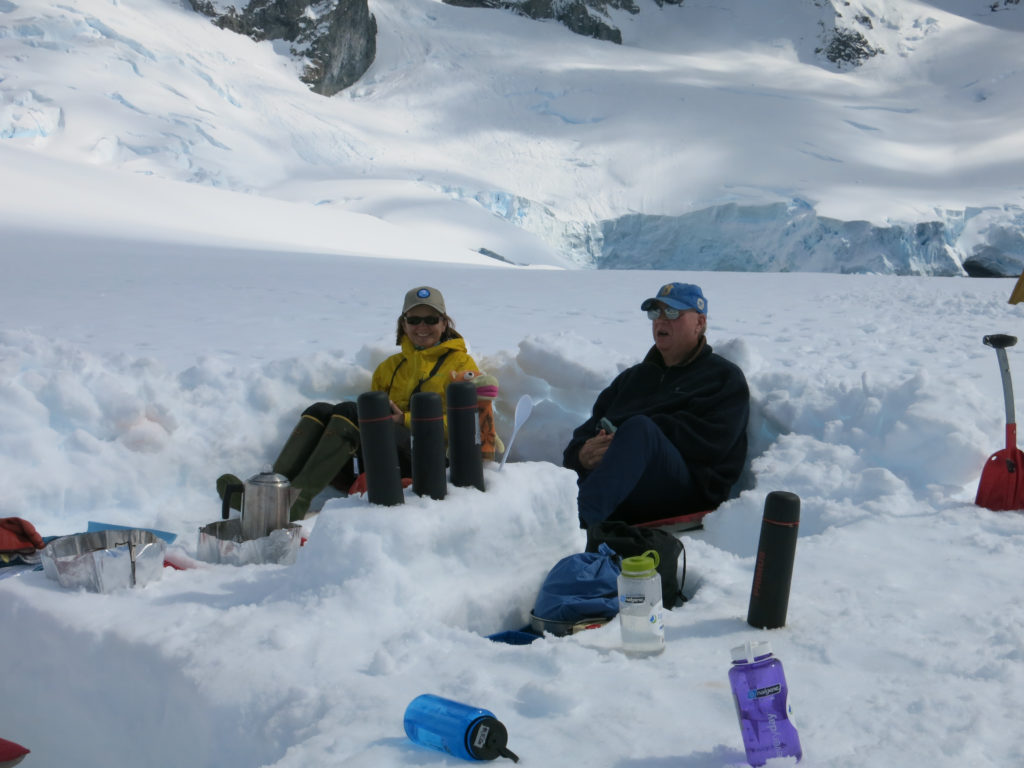
Like most travel writers — not to mention millions of other dedicated baby boomer travelers — contributing writer Robert Waite is getting itchy to hit the road again once the COVID pandemic cools down.
But while many of us are eyeing new, bucket-list destinations, Bob is dreaming of returning to some of his old (and newer) favorites — to seek out more-in depth experiences and parts of countries that he missed.
It’s sort of a “been there, done that — but want to do it again” list. I can definitely relate to that (are you listening, Greek islands?).
By Robert Waite
Ottawa – What is a travel writer to do?
With borders closed and previously booked trips delayed or cancelled, one is left to journey only within the confines of one’s imagination.
And what I have been imagining recently are the places I have been to previously – ones to… Continue reading
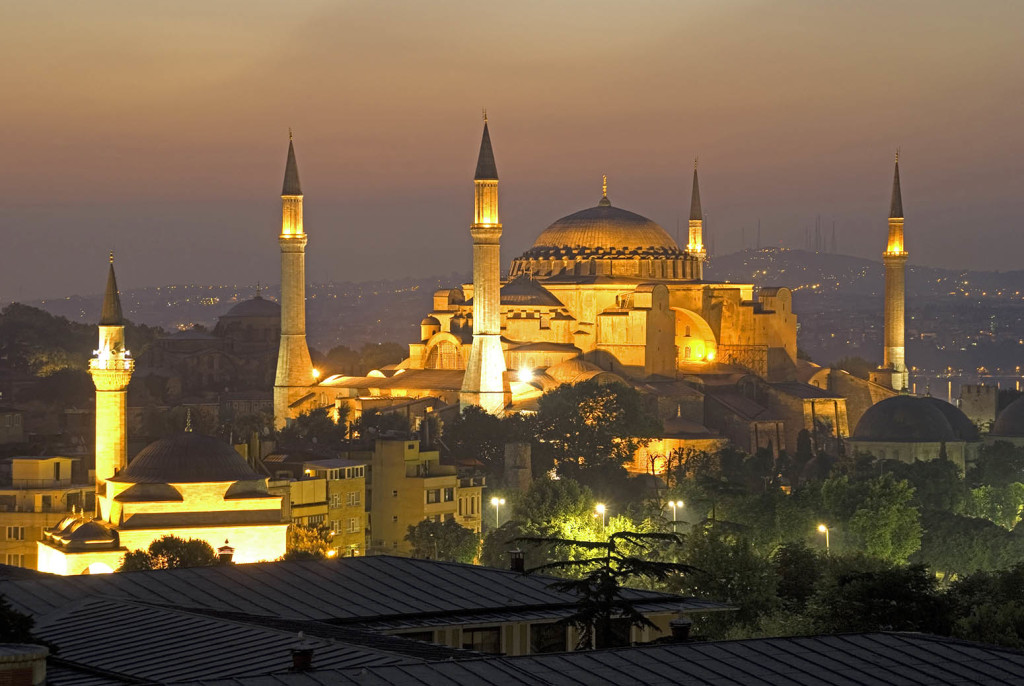
Photo by Dennis Cox/WorldViews
Even as COVID-19 infections reach record highs in the United States, a number of countries have opened their borders to American travelers carrying U.S. passports.
These include popular destinations like Croatia — one of the few European countries now open to U.S. travelers — Turkey, Mexico, and Costa Rica, although some come with major restrictions.
Several Caribbean countries — including Aruba, Barbados, Dominica, St. Lucia, and St. Maarten — also welcome Americans and their dollars, all-important to their economies.
Please note that I’m not recommending international travel at this time, especially if you have any reason to believe you may have been exposed to the coronavirus, or — like many baby boomers — you fall into high-risk categories such as advanced age or underlying medical conditions.
Until the COVID threat passes, you’ll also be… Continue reading
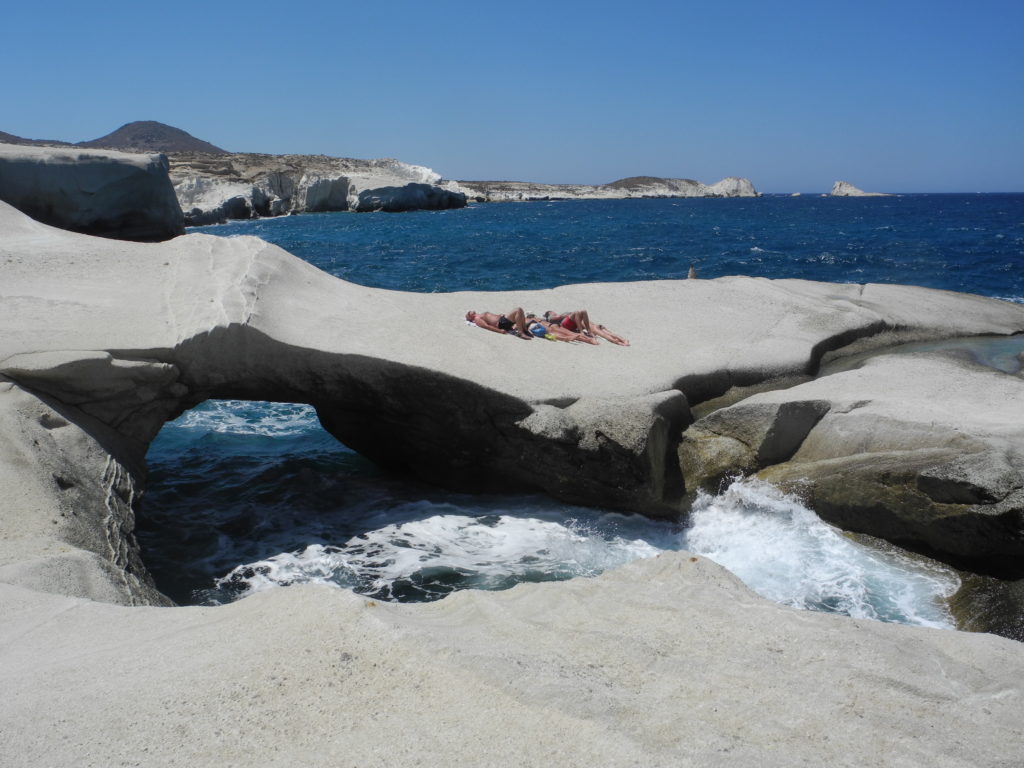
With the U.S. presidential election nearing and emotions running high, it seems a good time to start plotting a possible escape abroad if your candidate loses.
So as a public service, I’m running this piece from the editors of International Living, a publication that has provided ex-pats and would-be expats both inspiration and solid practical information for decades.
They call it their “Election Escape Plan,” but it contains some good timeless advice.
“While travel may be restricted currently,” they write, “this is a smart time to begin laying the groundwork for a smooth transition to a better, less-expensive life overseas.”
And they offer this additional suggestion: “Consider making a move in smaller steps. Think about a three-month escape or a year-long getaway. Come at this idea with a ‘one-step-at-a-time’ attitude… Continue reading
Here’s a way to get some of your travel juices flowing even if you’re confined at home for safety purposes, as I am, and can’t travel for the time being.
It’s the three-day Travel Like a Pr0 Summit, with Jerry Winans as ringmaster and interviews with more than 20 travel writers and bloggers, including yours truly. It’s filled with travel tips that, with good fortune, we’ll all be able to use as the world eventually return to normalcy.
I hope you’ll find it informative and inspirational, in a time when we could all use a little inspiration — keeping in mind the thousands of Americans and those around the world who have lost their lives to COVID-19, many of whom contacted the coronavirus while traveling in infected areas, on cruise ships, and in other settings.
Links to the interviews for days one and two are available today; watch… Continue reading

Today I have the pleasure of introducing guest poster Sandy Coghlan, an Aussie Boomer who has written a diary-style book, Yesterday: A Baby Boomer’s Rite of Passage, about her sojourn in Europe in the magical mystery tour days of the late 1960s and early 1970s.
Back then, it was literally cheaper to travel on the Continent than it was to stay home — especially if you were willing to catch a few winks on some overnight ferries, crash with friends or in inexpensive hostels, and maybe do some hitchhiking that didn’t always take you where you planned to go. (And many young travelers did just that.)
I enjoyed Sandy’s account in part because — despite our differences in nationality, gender, and travel experience — it reminded me of my own first adventures in Europe nearly 50 (gasp!) years ago: memorable moments of discovery and revelation, and perhaps even more… Continue reading
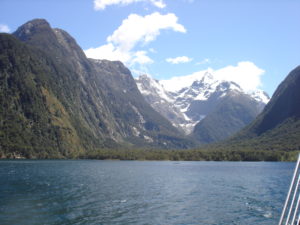
Gorgeous Milford Sound on New Zealand’s South Island. Photo by Clark Norton
New Zealand is one of my favorite destinations.
I’ve hiked along the Milford Track and through Abel Tasman National Park, marveled at gorgeous valleys and mountains that served as dramatic backdrops for the “Lord of the Rings” saga, made my way through an eerie glowworm cave, cruised through ice blue narrow passages of Milford Sound, enjoyed the urban amenities of Auckland and Wellington, and dined on lamb, lamb, and more lamb (though there’s much more to the diverse Kiwi cuisine — I just like lamb).
The country consists of three main islands: North, South, and Stewart (the latter is much smaller), and climate can range from warm and tropical in the north to cold and wintry in the south. Don’t forget that the seasons are reversed in the Southern Hemisphere, so beautiful Fjordland in the far south can… Continue reading
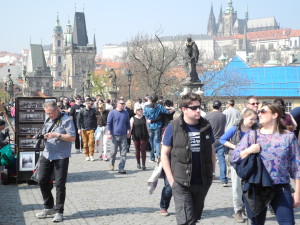
Prague’s famous Charles Bridge is often jam-packed with tourists. Photo by Clark Norton
You may have experienced it yourself when battling humongous lines to enter San Marco in Venice, the Uffizi Gallery in Florence, or the Sistine Chapel in the Vatican, or when you found yourself in a wave of fellow travelers struggling to get a peek at the changing of the guard at palaces in London, Athens, or Prague.
You may have been put off by hordes of drunken revelers in Amsterdam, Mallorca, or Berlin (of which, we trust, you were not one yourself).
You may have found small Alaskan ports or Croatian islands too overrun by your fellow cruise ship passengers to appreciate the beauty that attracted you to such cruise itineraries in the first place.
You may have sought out privacy in Iceland’s hot springs, only to find them packed with Game of Thrones fans drawn… Continue reading

Iceland is drop-dead beautiful in many locations (but don’t take that literally). Photo from Inspired by Iceland
By a nice coincidence following our last post on travel safety, two new surveys are out that try to identify the safest countries in the world, with implications for travelers as well as residents.
One, called the Global Peace Index 2018, comes from the Institute for Economics and Peace. It looks at 23 relevant statistics for 163 countries — including political terrorism, murder rates, and deaths from internal conflicts — and ranked them for overall safety.
The second, from the Gallup polling organization, takes a different tack: Gallup went straight to nearly 150,000 residents of 142 countries and asked them how safe they felt, based on factors such as their own experiences with crime and their attitudes toward local policing.
The results, as you might imagine, were quite different, though one country… Continue reading










